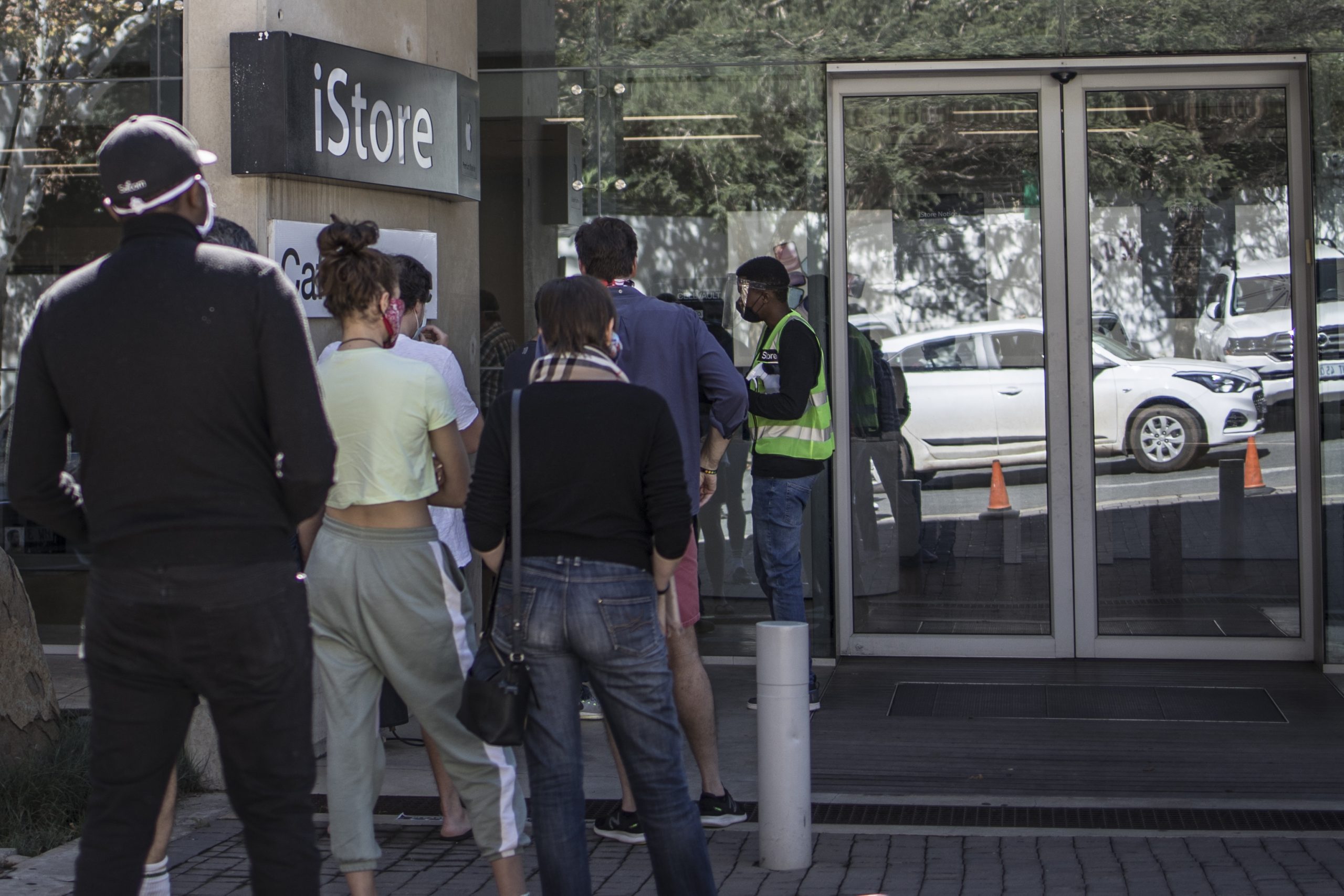South Africa’s lockdown moves into unchartered waters this week, from today around 1.5 million workers will return to work as government gradually begins re-open the economy in what it calls a risk adjusted strategy. The strategy will see various sectors of the economy being opened incrementally to prevent the exponential rate of Covid-19 infection. The country now moves from level 5, a hard lockdown, to level 4 which will see some regulations being relaxed slightly. South Africans are now allowed to order takeaways from restaurants, buy clothes and even go out jogging, but for a limited three-hour period in the mornings.
The relaxation of the regulations come at a time when people are growing increasingly restless, the economy is taking a hammering and lockdown fatigue is setting in. The Government hasn’t exactly covered itself in glory this week either. President Ramaphosa’s announcement of the unbanning the sale of cigarettes, only for one his top Ministers Nkosazana Dlamini-Zuma to reverse that decision a few days later has led many to question whether internal ANC power struggles are being fought on the Covid-19 battleground. Ramaphosa narrowly beat Dlamini-Zuma in a fiercely contested election in 2017 for the Presidency of the governing party, the ANC.
Government’s mixed messages are undoing the initial goodwill many South Africans had for the lockdown process, cracks are beginning to emerge and the centre is struggling to hold. For many people, the cold, hard realisation of the economic toll the lockdown is having on their livelihoods and on the country is hard to ignore. This past week national treasury announced in a grim picture that up to 7 million South Africans could be out of work if large parts of the economy remain shut. South Africa’ 29% unemployment rate could jump beyond 35 %. Even more worrying is the worst-case scenario projection by PWC, a study by the auditing firm last month projects an unemployment rate of nearly 50% if the economy were to collapse.
For the poor and most vulnerable, they are already facing economic collapse, the virus has robbed them of their livelihoods overnight and many are battling to feed themselves and their families. This past weekend, scores of people at Olivenhoutbosch, a poor township in Johannesburg stood in the harsh winter sun, in meandering and congested queues waiting for food parcels. It was a scene of desperation and poverty. Without a means to make an income these impoverished people are relying on food parcels and donations just to make it through the day, they fear hunger more than the virus.
The desperate scenes at Olivenhoutbosch are a cross section of what is going on in South Africa’s poor communities; people are starving, they have no jobs, no money and are finding it increasingly difficult to see any light at the end of the tunnel. Even for the middle classes the future looks uncertain, the government’s risk adjusted strategy is set to be implemented over the next 6 months, and this means the virus and its harsh financial impact will be with us for much longer still.
The economic toll the virus is taking on the country, coupled with the hunger and desperation of the lower classes should be of great concern to government, revolutions have begun with much less dissatisfaction. As president Ramaphosa said last week, the people need to eat, but it seems Mr President, the people need to eat now.

